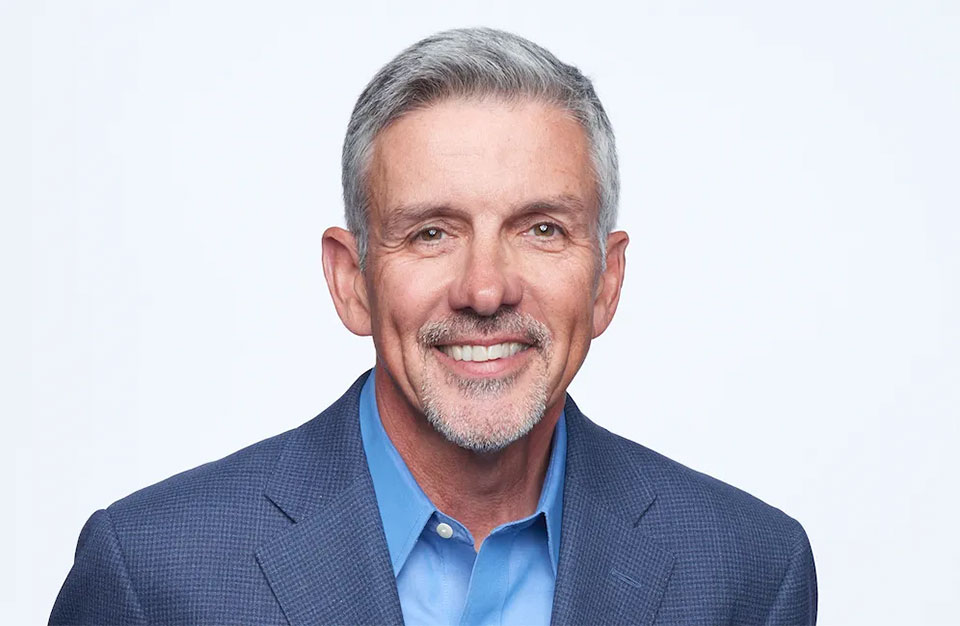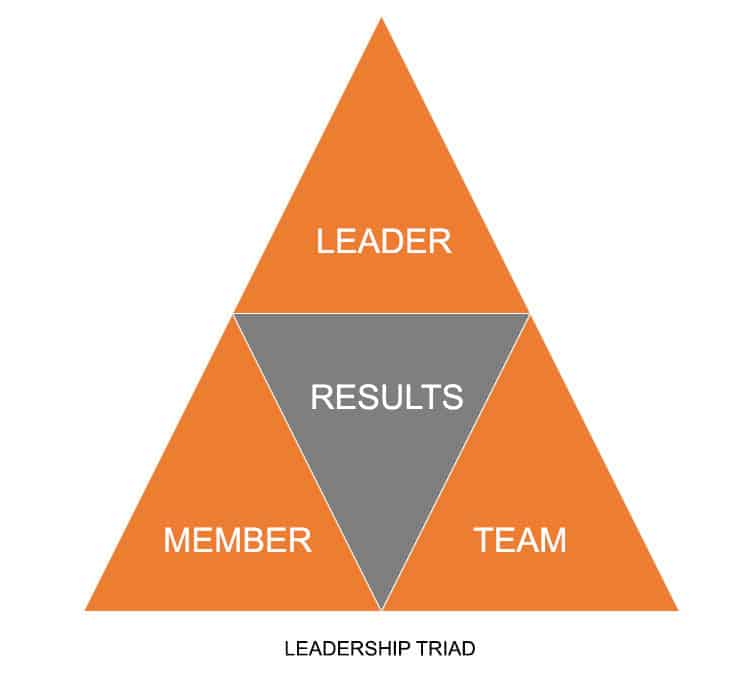Adaptability and Why Frameworks Beat Formulas

In today’s world, we place a premium on adaptability. Whether in the boardroom or on the football field, we are challenged to adapt to difficult conditions or try something new to respond to the unexpected. During this year’s NFC playoffs, the 49ers overcome the bitter cold at Lambeau Field to upset the Packers on their home turf/climate. In the AFC, the Bengals came from 18 points down to beat the Chiefs at Arrowhead in the conference championship game by making the necessary adjustments to turn the game around. While the Rams eventually won the Super Bowl, also coming from behind, it should be noted that while there is only one champion, there are many winners. We can learn a great deal from them and apply these lessons to our companies and lives.
A Lesson Learned Early
As a high-school sophomore, I enjoyed the privilege of being Clifford Boatner’s math student. Mr. Boatner was the only African American teacher in the entire high school back in 1976, but that’s not what distinguished him from the other faculty members. He was also a concert pianist who played as a soloist at Carnegie Hall on multiple occasions; an award-winning author who, among other topics, wrote about seeing math in music and music in math; and a world-class educator.
My experience with him is highlighted by marveling at his gifts as an instructor. Mr. Boatner was the first math teacher I ever had who didn’t teach problem-solving by sharing math formulas and asking students to memorize them. He understood that knowing formulas would only get you so far – excelling in the math section of the SAT would involve a different approach. For example, what would happen if you came across a problem on the SAT that you’ve never seen before? You won’t have a formula for it. What then? Short of hoping you guess correctly among the multiple choices, you’d be leaving it to chance. Rather than rely on memorization, Mr. Boatner showed us how to think mathematically. We learned about the frameworks beneath the formulas. As a result, when we confronted a question on the SAT we’d never seen before, we had the tools to figure it out.
How This Plays Out in Business
Frameworks don’t just win the day in sports and education; they are essential to how we think strategically, adapt to change, and approach building a peer-powered culture of agility that can consistently deliver on both. While many people are out there looking for a silver bullet, as evidenced by the dearth of available content pushing steady diets of prescriptions and formulas, today’s business leaders need more, just as Mr. Boatner suggested to me more than 40 years ago. Here’s just one example of a simple framework that offers multiple lessons and serves as a home base for evaluating new situations and circumstances.
Developed in cooperation with Tribal Leadership coauthor Dave Logan, the Leadership Triad supports the axiom that a picture is worth a thousand words. Here, we see the leader as a part of the team, not apart from it. The leader, each team member, and the team as an entity itself share responsibility for achieving whatever result you want to put in the middle. Let’s assume, for example, that the result you are seeking is clarity. Suppose someone from the team asks the leader a question, and it becomes evident in the response that the leader did not understand the question clearly. In that case, an individual team member can step up and provide clarity and correct any misunderstanding.
Other results may involve productivity, profitability, and a healthy culture of accountability. When everyone is all in it together, it avoids the blame cultures prevalent in too many organizations these days. Accountability becomes less about pleasing the boss and being obsessed with KPIs than it does accepting personal responsibility for bringing your best, expecting everyone else to do the same, and challenging one another only in the shared pursuit of achieving the desired results. Your personal currency among your teammates reigns supreme. This approach extends to achieving outcomes that also involve how much fun you’re having and how much you celebrate. If something is going haywire on your team that you haven’t seen before, you can usually pivot to this simple model for the answer on how to address it.
Summary
Combine the Leadership Triad with the Learning-Achieving Cycle, the Five Factors for High Performing Teams, and your other favorite models. Don’t just make them a part of what you do. Instead, embrace them as an expression of who you are. Only then will they be sewn into the fabric of your culture to the degree necessary for you to enjoy the kind of peer-powered culture of agility that will handle whatever the world throws your way – the challenges, opportunities, and the opportunities within the challenges. Finally, I dedicate this post to the late Mr. Clifford Boatner and all the fantastic teachers who have made and continue to make such a difference in our lives. In the comments section, I invite you to share your story of a favorite teacher and the lessons you learned that you still find relevant to your life today. Take a moment to extend the reach of your teacher’s special gifts.
Written by Leo Bottary.
Have you read?
# Best CEOs In the World Of 2022.
# TOP Citizenship by Investment Programs, 2022.
# Top Residence by Investment Programs, 2022.
# Global Passport Ranking, 2022.
# The World’s Richest People (Top 100 Billionaires, 2022).
Bring the best of the CEOWORLD magazine's global journalism to audiences in the United States and around the world. - Add CEOWORLD magazine to your Google News feed.
Follow CEOWORLD magazine headlines on: Google News, LinkedIn, Twitter, and Facebook.
Copyright 2025 The CEOWORLD magazine. All rights reserved. This material (and any extract from it) must not be copied, redistributed or placed on any website, without CEOWORLD magazine' prior written consent. For media queries, please contact: info@ceoworld.biz












